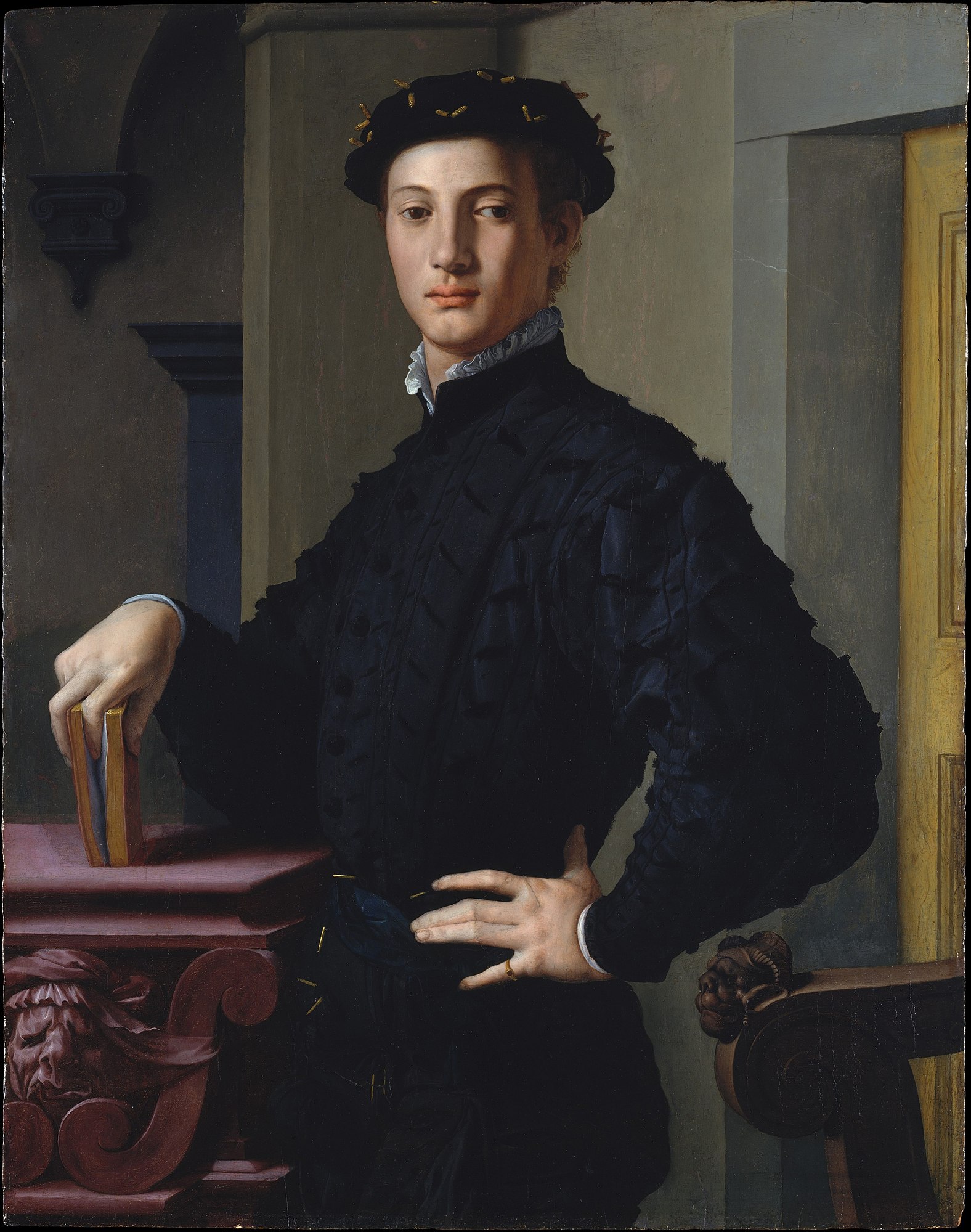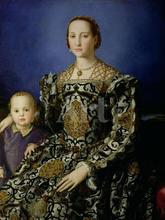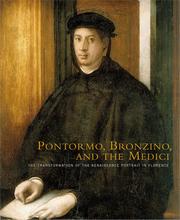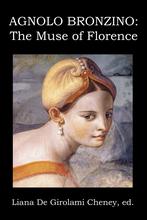More about Agnolo Bronzino
- All
- Info
- Shop

Contributor
Agnolo di Cosimo paints the rich and powerful with a deathly pallor and vacant eyes, like their souls.
Agnolo di Cosimo, AKA Agnolo Bronzino, AKA Il Bronzino, AKA Bronzino, earned his nickname due to the dark bronze color of his skin. Imagine that happening today. It’s probably safe to assume that Jean-Michel Basquiat, or any Black artist for that matter, wouldn’t have embraced being called Darkie.
Known as much for his poetry as his painting, Bronzino was considered by many to be the Apollo and the Apelles (renowned painter of ancient Greece) of his day. Though a pretty fierce compliment to be sure, Bronzino wasn’t exactly loved by his fellow artists of the time. Georgio Vasari, the dude who thought he invented art history and was, apparently, THE authority on all things artsy, considered Bronzino’s work to be nothing more than “diligent,” at best, and “bizarre and capricious” at its worst. This red-carpet-critique, however, was likely rooted in jealousy since Bronzino was the court painter of the Medicis, the most powerful tastemakers in all of southern Europe.
Bronzino, the son of a butcher, painted his portraits as if all the life had been drained from his subjects. In his portraits of Florentine nobility, each subject appears as if a pristine corpse freshly exhumed, roused and reheated, and made to play dress up in the colorful garb of the ruling class and insanely rich. When he wasn’t painting the nobles, Bronzino busied himself with what most would consider softcore porn. From the uncomfortably hot son-on-mom action of Cupid kissing Venus while he scores a nipple-pinching reach-around in his Venus, Folly, Cupid, and Time, to the innuendo-laden Martyrdom of St. Lawrence, where the soon-to-be-barbequed Saint appears to be cruising the man who is stoking the flames of his demise. Heck, Bronzino was even able to make The Descent of Christ into Limbo look like any one of the Lannister led orgies from Game of Thrones.
Featured Content
Here is what Wikipedia says about Bronzino
Agnolo di Cosimo (
Italian: [ˈaɲɲolo di ˈkɔːzimo]; 17 November 1503 – 23 November 1572), usually known as Bronzino (Italian: Il Bronzino [il bronˈdziːno]) or Agnolo Bronzino, was an Italian Mannerist painter from Florence. His sobriquet, Bronzino, may refer to his relatively dark skin or reddish hair.
He lived all his life in Florence, and from his late 30s was kept busy as the court painter of Cosimo I de' Medici, Grand Duke of Tuscany. He was mainly a portraitist but also painted many religious subjects, and a few allegorical subjects, which include what is probably his best-known work, Venus, Cupid, Folly and Time, c. 1544–45, now in London. Many portraits of the Medicis exist in several versions with varying degrees of participation by Bronzino himself, as Cosimo was a pioneer of the copied portrait sent as a diplomatic gift.
He trained with Pontormo, the leading Florentine painter of the first generation of Mannerism, and his style was greatly influenced by him, but his elegant and somewhat elongated figures always appear calm and somewhat reserved, lacking the agitation and emotion of those by his teacher. They have often been found cold and artificial, and his reputation suffered from the general critical disfavour attached to Mannerism in the 19th and early 20th centuries. Recent decades have been more appreciative of his art.
Check out the full Wikipedia article about Bronzino














